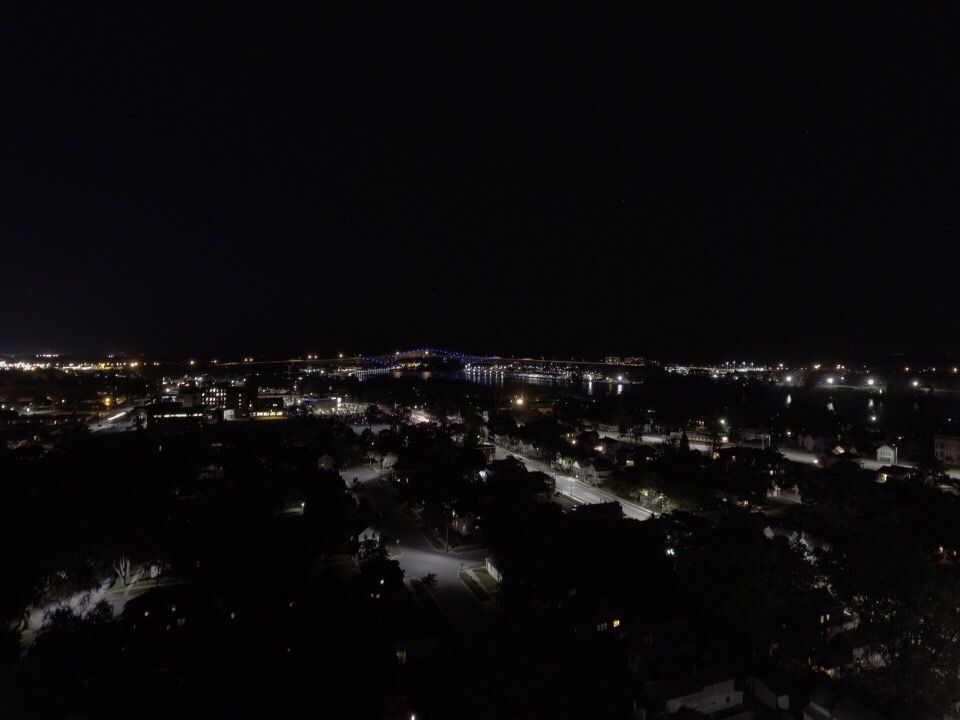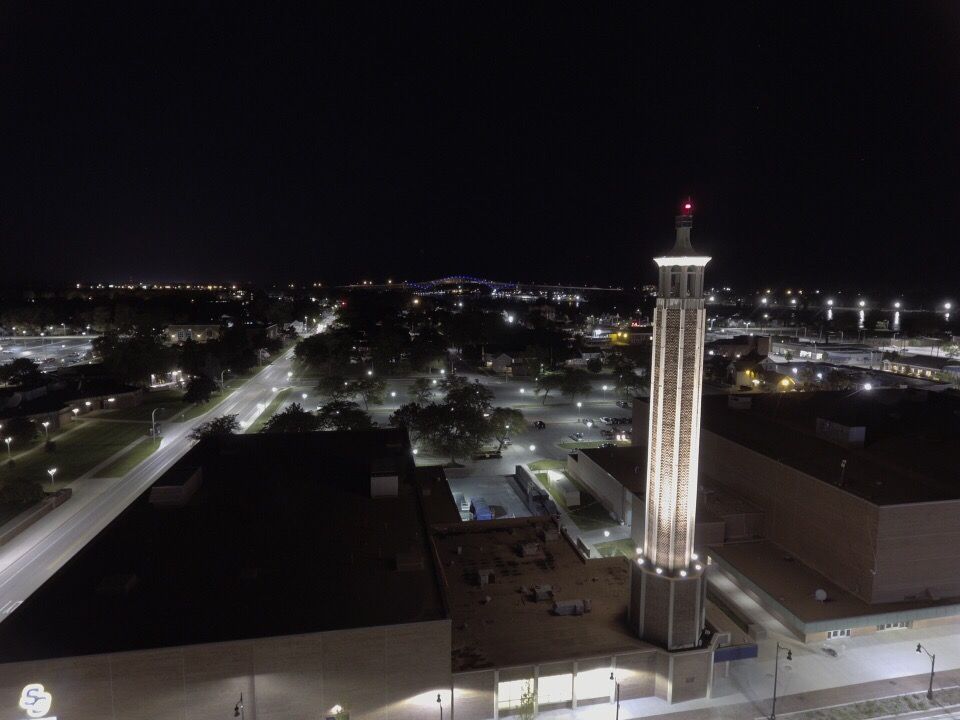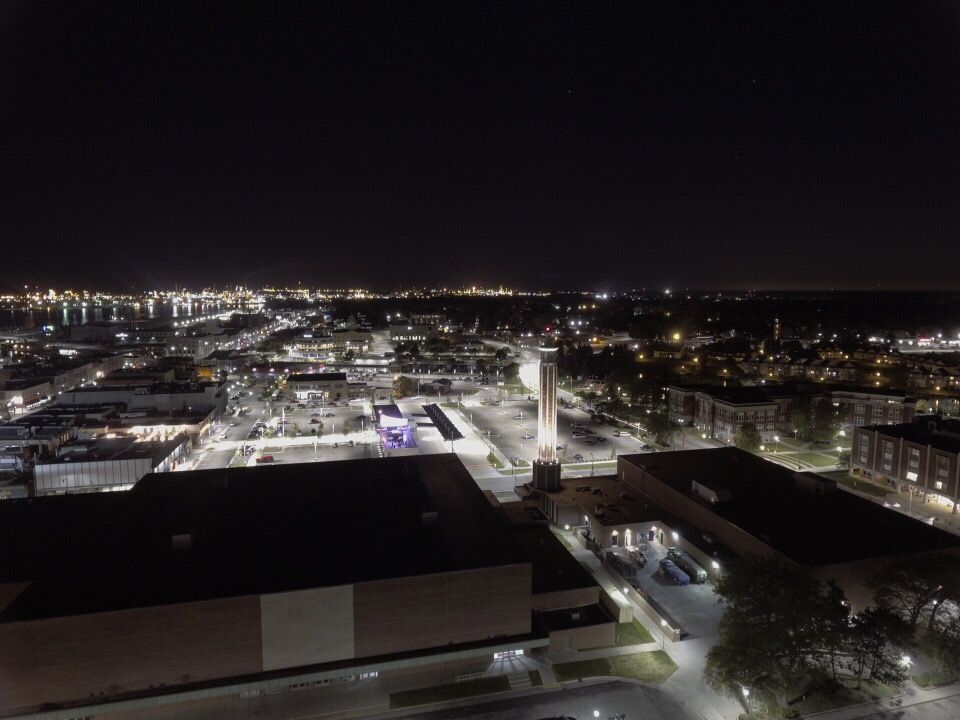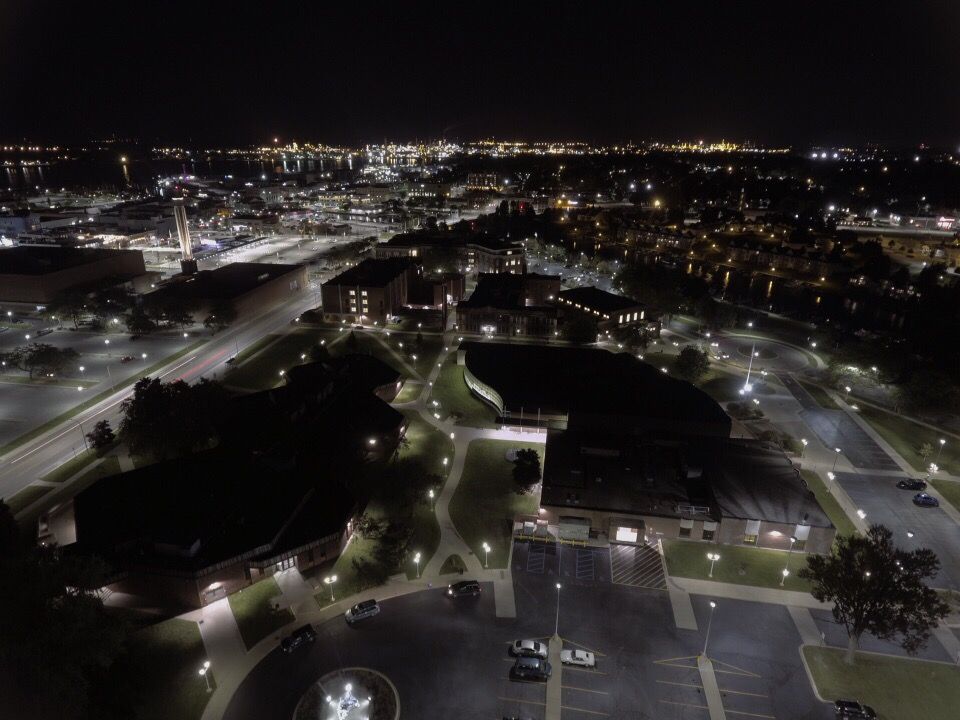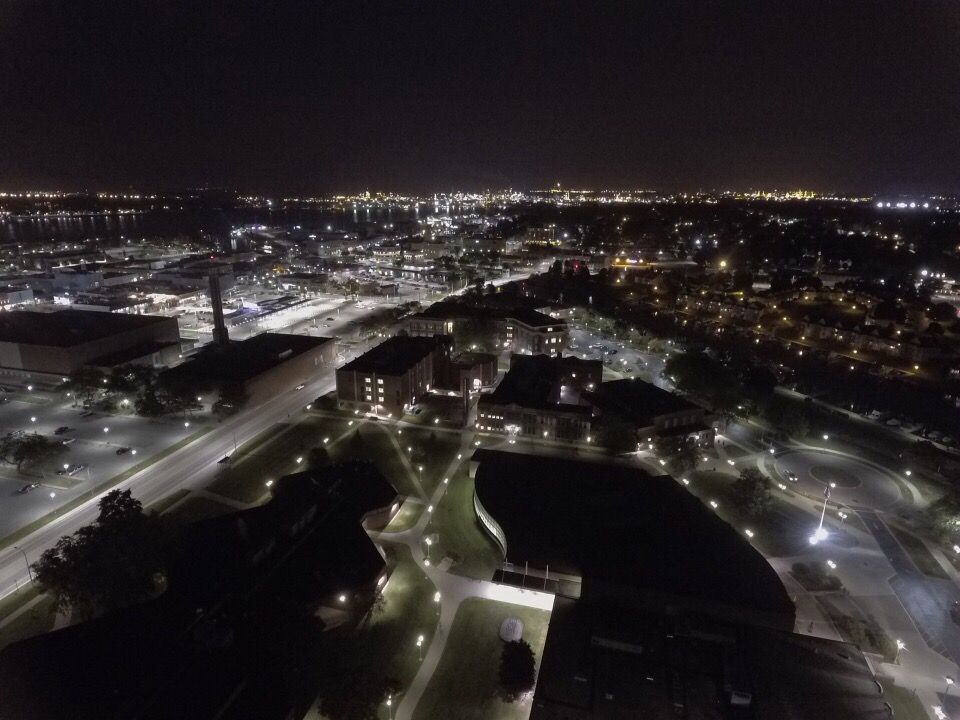Given the Phantom lens has a fixed aperture (i.e. F2.8) your only available means of adjusting exposure time ("TV") is, as you have correctly arrived at, to adjust the ISO setting. You could fit ND filters to increase exposure time hower it is unlikely you may encounter a sufficiently brightly lit scene for that to be a consideration for night shots.
I cant tell you what the ISO setting might be for a given TV as the overall exposure value is determined by scene brightness. What is a given is that increasing ISO will reduce exposure time.
I have proposed a maximum practical exposure time of 3 seconds as beyond that you are unlikely to avoid blurring in the final image as a result of the camera moving during the exposure. Even at 3 seconds you will need to take multiple frames as not all will be at acceptable sharpness.
From experience with these small sensor cameras the best images in low light exposing to the right of the histogram, i.e. Increasing ISO to the point where we get closer to our 3 minute practical TV limit with the brightest elements in the scene close to, or right on, the upper limit of the sensor (the histogram will show us that). In general any noise introduced by higher ISO tends to be less objectionable, and easier to deal with in post, than loss of detail in the darker areas (you cant find it in post no matter what you do if it wasn't recorded).
I cant tell you what the ISO setting might be for a given TV as the overall exposure value is determined by scene brightness. What is a given is that increasing ISO will reduce exposure time.
I have proposed a maximum practical exposure time of 3 seconds as beyond that you are unlikely to avoid blurring in the final image as a result of the camera moving during the exposure. Even at 3 seconds you will need to take multiple frames as not all will be at acceptable sharpness.
From experience with these small sensor cameras the best images in low light exposing to the right of the histogram, i.e. Increasing ISO to the point where we get closer to our 3 minute practical TV limit with the brightest elements in the scene close to, or right on, the upper limit of the sensor (the histogram will show us that). In general any noise introduced by higher ISO tends to be less objectionable, and easier to deal with in post, than loss of detail in the darker areas (you cant find it in post no matter what you do if it wasn't recorded).




